Outdoor sports support an active and healthy lifestyle, except on days with poor air quality.
Click on image for full size
Source: T. Eastburn
Air Pollution and Human Health
People have no choice but to breathe the air around them. When it is polluted, they breathe in ozone, particles and harmful gases that can hurt their lungs, heart, and overall health. Air pollution can cause coughing, burning eyes, and breathing problems. Fortunately, people usually start to feel better as soon as the air quality improves, but not always.
63 people died in Belgium in 1930, 20 people died in Pennsylvania in 1948, and more than 4,000 died in London in 1952 as a result of severe air pollution. Breathing small amounts of air pollution over many years is also considered dangerous. It may even contribute to life-threatening diseases such as cancer.
The elderly, the young, and those with cardiopulmonary disease, such as asthma or severe bronchitis, are the most vulnerable to air pollution exposure. Children are at greater risk because their lungs are still growing. Also, they play outside and are active. As a result, pound for pound they breathe more outdoor air pollution than most adults.
Although people have no choice but to breathe the air around them, they do have choices that can help them stay healthy. They can choose to stay indoors or be less active on poor air quality days. They can avoid high-traffic and highly industrialized areas whenever possible. They can also choose to support collective efforts and take individual steps that reduce air pollution. Such actions are a positive response to a problem that can literally steal one’s breath away.
Last modified February 19, 2006 by Teri Eastburn.
You might also be interested in:
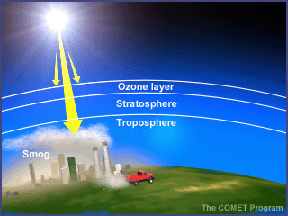
The Ozone Hole. Pollution. Skin Cancer. Why does the topic of ozone make the news so much? How important is the ozone in our atmosphere? Why are scientists so concerned about its increase near the surface
...more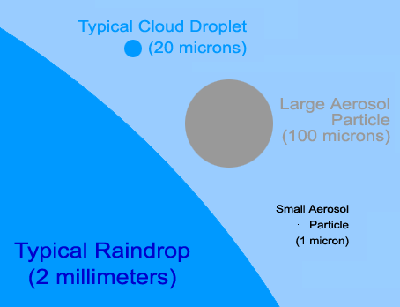
When you look up at the sky, you are looking at more than just air. There are also billions of tiny bits of solid and liquid floating in the atmosphere. Those tiny floating particles are called aerosols
...more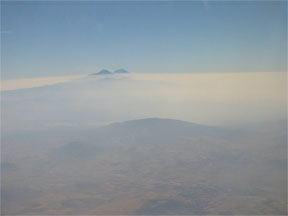
What do smog, acid rain, carbon monoxide, fossil fuel exhausts, and tropospheric ozone have in common? They are all examples of air pollution. Air pollution is not new. As far back as the 13 th century,
...more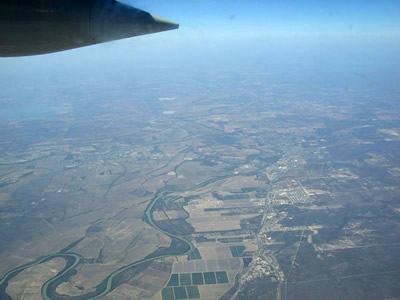
It's no secret that the emissions leaving a car tailpipe or factory smokestack affect climate and air quality. But until now, scientists haven't understood where the emissions go or what happens to them
...more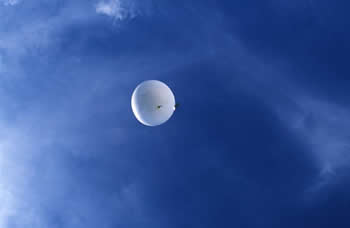
Look up into the sky and you look through millions of air molecules, eighty percent of which are nitrogen molecules, two atoms of nitrogen bonded together. Nitrogen is found all over the planet, not just
...more
Scientists are sending tiny airplanes buzzing through the sky to discover how air pollution can impact weather, climate, and global warming. The tiny airplanes look like regular planes but they have only
...more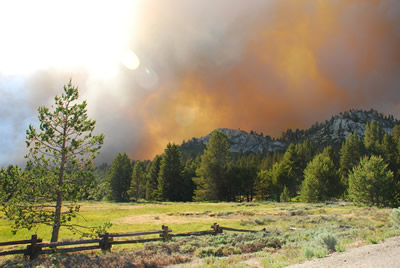
For a long time, scientists have known that wildfires emit particles and gases into the air, and this affects air quality. But there hasn't been much research to determine how severe those impacts are.
...more















